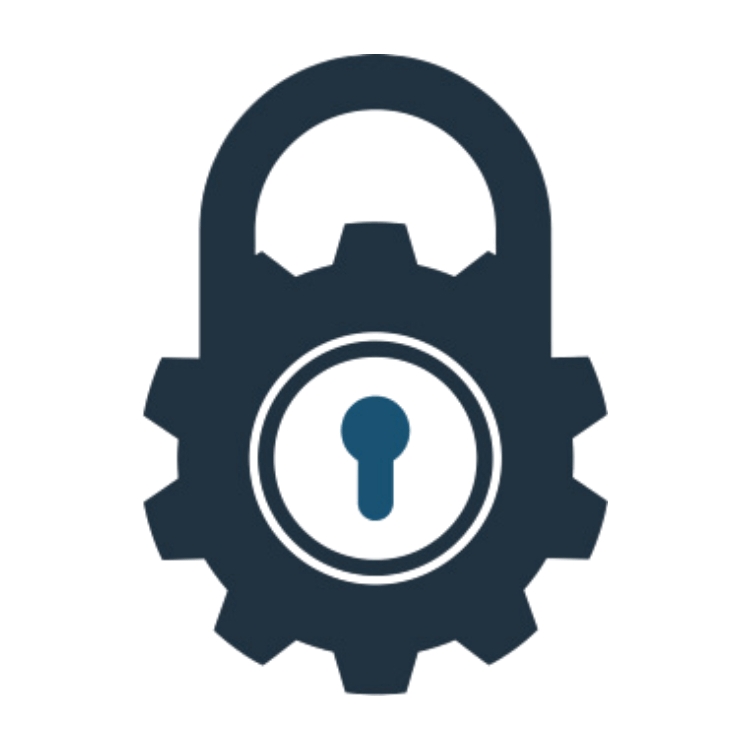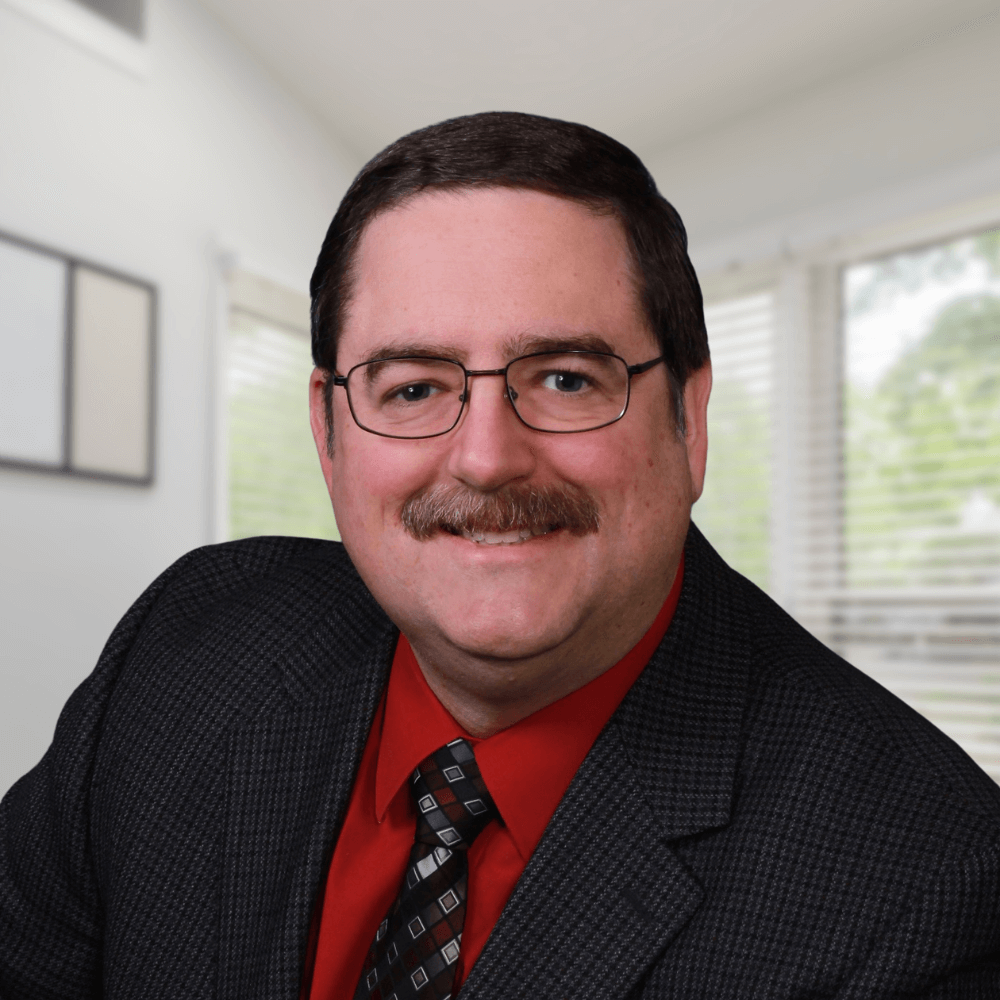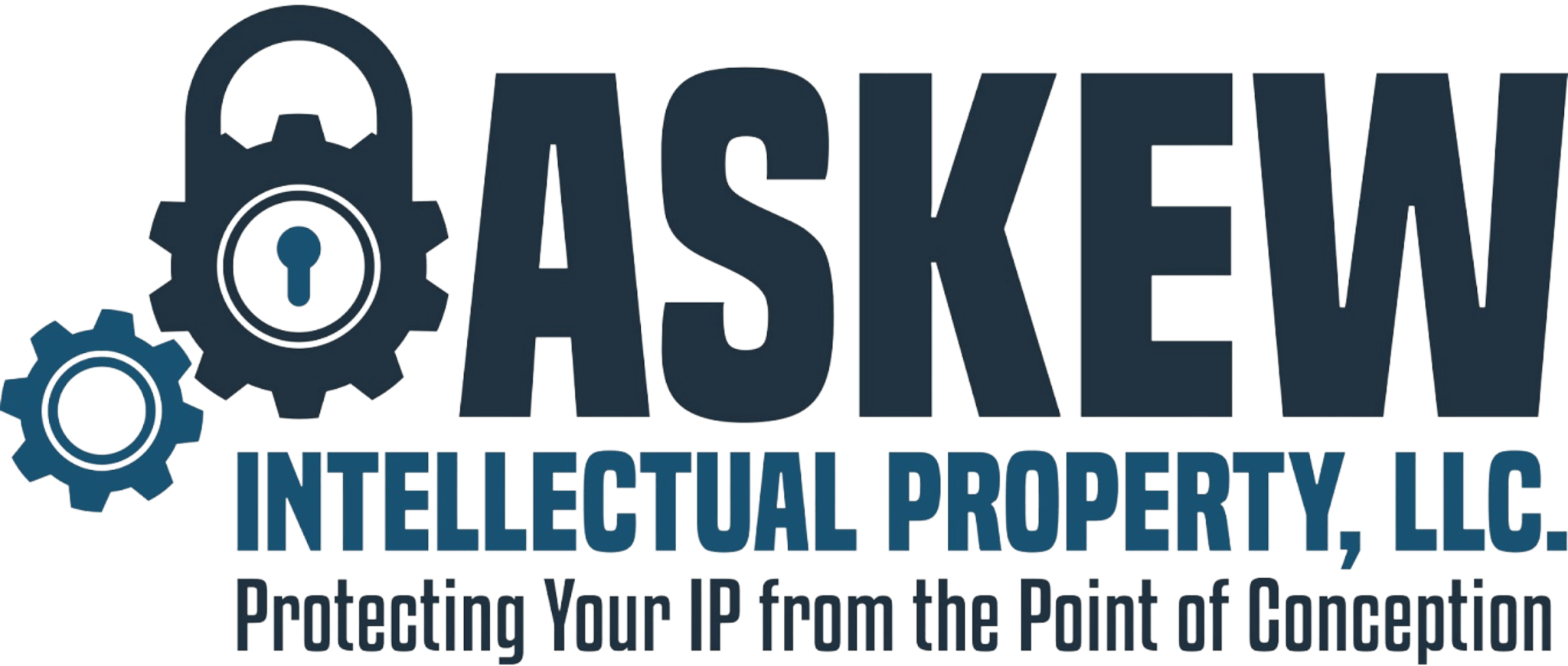About Gerald W. Askew
Trusted Counsel,
Proven Results
Providing clear, strategic intellectual property guidance to protect what you create.
My Story
From Engineer
To Patent Attorney
A Career Built On Innovation
Born in Battle Creek, Michigan, I earned my BSME from Kettering University while working at Spartan Motors Corp. as a Project Engineer, where I designed bus and motorhome chassis and completed a thesis on heavy vehicle suspension systems. My career in engineering took me from Utilimaster Corp. to Navistar, Inc., where I worked on frames, fuel systems, exhaust, and powertrain systems. While at Navistar, I completed my MBA from Indiana Wesleyan University and transitioned into the company’s IP Group, first as a Patent Engineer, then as a Patent Agent, managing patent strategy, writing and prosecuting applications, and leading IP processes for the Truck Group.
Driven to expand my expertise, I earned my J.D. from Indiana University Robert H. McKinney School of Law in 2012 while still working full time. After becoming a licensed Patent Attorney, I provided comprehensive IP guidance including trademark licensing, portfolio management, and IP-related agreements. In 2017, I founded Askew Intellectual Property, LLC, combining years of hands-on engineering experience with legal insight to help clients secure patents, trademarks, and strategic IP protection. My practice focuses on the mechanical arts, though I serve a broad range of industries—always with the goal of protecting innovation and empowering progress.


FAQ
Common Questions,
Clear Answers
What Is The Difference Between Patent, Trademark, And Copyright?
Patents protect inventions—specifically any new and useful process, machine, manufacture, or composition of matter, as well as improvements to those inventions (35 U.S.C. § 101). Design patents protect new, original, and ornamental designs applied to manufactured articles (35 U.S.C. § 171). The typical term for a utility patent is 20 years from the date of filing, while a design patent lasts 15 years from the date of grant (if filed on or after May 13, 2015) or 14 years (if filed before that date).
Trademarks (and service marks) protect distinctive words, phrases, logos, symbols, or designs that identify and distinguish the source of your goods or services. A trademark can last indefinitely, as long as it’s properly maintained and in active use.
Copyrights protect original creative works, including literature, music, artwork, films, software, and even architectural designs. Copyright protection generally lasts for the life of the author plus 70 years.
Each form of intellectual property serves a different purpose, but all are critical tools for protecting what you create. If you’re unsure what type of protection fits your work, we can help guide you.
What May Be Patented?
Patentable subject matter is incredibly diverse and includes inventions across a wide range of industries. This can include manufacturing processes, machinery, chemical compositions, cosmetics, computer hardware and software, electronic circuits, lighting, telecommunications equipment, housewares, tools, batteries, sporting goods, apparel, textiles, and vehicle components. Patents can also cover engines, agricultural and mining equipment, medical devices, surgical or dental tools and techniques, musical instruments, robotics, optics, weapons, and even asexually reproduced plants. Design patents, in particular, protect non-functional, ornamental designs like jewelry, product packaging, surface ornamentation, and computer-generated icons. If your idea solves a problem in a novel and useful way, there’s a good chance it may be patentable.
What May Be Trademarked?
A trademark can include anything used to identify the source of a product or service and distinguish it from others in the marketplace. This may include names, logos, slogans, words, phrases, symbols, designs, container shapes, sounds, colors, titles, and even character names—so long as they serve to indicate origin and are not generic or merely descriptive.
What May Be Copyrighted?
Copyright protection applies to original works of creative expression, whether published or unpublished. This includes paintings, drawings, sculptures, literature, musical compositions, recordings, choreography, plays, poetry, theses, crafts, photographs, movies, video games, software, websites, digital media, broadcasts, architectural works, graphics, and some industrial designs. If it’s an original, fixed expression of an idea, there’s a good chance it’s eligible for copyright protection.
What Is A Provisional Patent?
A provisional patent is a temporary, unexamined application that allows you to secure an early filing date and legally use the term “patent pending.” It serves as a placeholder while you continue developing your invention or preparing a full utility patent application. A provisional application doesn’t require formal claims and expires after 12 months, at which point a non-provisional (regular) patent application must be filed to maintain your priority date and continue the patent process.
What Is A Design Patent?
A design patent protects the ornamental appearance of a product—not its function. This includes the shape, surface decoration, or overall visual design of an article of manufacture. It must be new, original, and non-functional. Design patents filed on or after May 13, 2015, are valid for 15 years from the date of grant (or 14 years if filed before that date), and they help prevent others from making or selling products with the same look.
What Is "Patent Pending"?
“Patent pending” means that a patent application has been filed, but not yet granted. It serves as a warning to potential infringers that legal protection may be forthcoming. While it doesn’t give you the right to stop others from using your invention just yet, it does put the public on notice. It’s important to use the term only when a patent application is actually pending, as false marking can lead to penalties.
How Long Does It Take To Get A Patent?
The timeline can vary based on the type of patent and the complexity of the invention. For simpler applications with minimal obstacles, approval may take around three years. However, more complex cases—especially those involving international (PCT) filings, appeals, or multiple rounds of examination—can take six years or longer. Each case is unique, but we help guide clients through the process as efficiently as possible.
Do I Need To Mark My Products?
Yes—if you want to recover damages from an infringer, proper marking is important. To provide constructive notice, you must mark your product with the word “patent” (or “pat.”) along with the applicable patent number(s), or with a web address that clearly links to a list of relevant patents. However, you must not mark a product as patented unless a patent has actually been granted and covers that specific product. Incorrect marking can lead to legal consequences, so accuracy is essential.
Do I Need An Attorney To File For IP Protection?
While it’s legally possible to file a patent, trademark, or copyright application on your own, the process can be complex and filled with technical and legal requirements. An experienced intellectual property attorney ensures your application is properly prepared, increasing the likelihood of approval and reducing the risk of costly delays or rejections. Beyond filing, an attorney can help develop a strategic approach to protecting your ideas, advise on enforcement, and ensure your rights are fully secured and aligned with your business goals. In short, working with an attorney can save time, money, and future headaches.
Address
10331 Dawson’s Creek Blvd, Suite F
Fort Wayne, Indiana 46825
Phone Number
Email Address
Open Hours
Weekdays : 9:00 - 5:00
Weekend : Closed
Let's Talk!
Contact Us Today For A Consultation!
“Whatever you do, work at it with all your heart, as working for the Lord…” Colossians 3:23
Disclaimer: “This web page is not intended to provide legal advice. Visitors should seek professional legal counsel for any legal issue. Transmission and receipt of information contained herein does not create or constitute an attorney-client relationship. Do not disclose any information specific to a given matter until a conflict check has been performed and until you have received an engagement letter from this firm. While attempts are made to maintain the accuracy of information on this Web site, this information may contain errors or omissions for which Askew Intellectual Property, LLC, disclaims any liability. Askew Intellectual Property, LLC, reserves the right to accept or decline representation of any client in any matter.
Any references to "we," "us," "our," or similar terms on this Website are used solely for business and branding purposes and refer to Askew Intellectual Property, LLC as a legal entity—not to imply the presence of multiple attorneys. Gerald Askew is the sole licensed attorney operating within the firm.”








